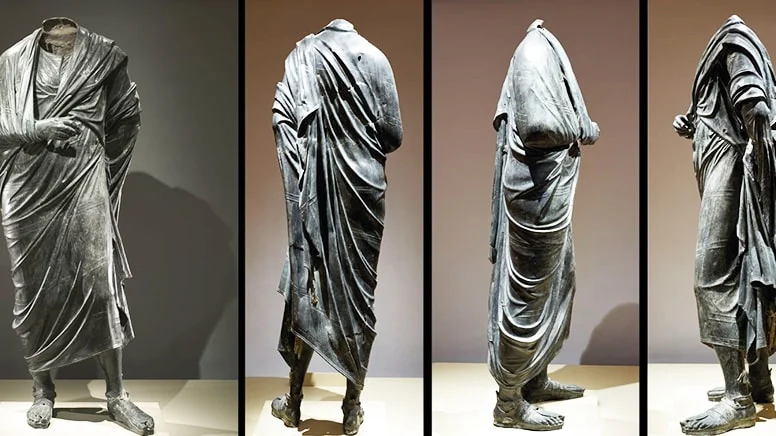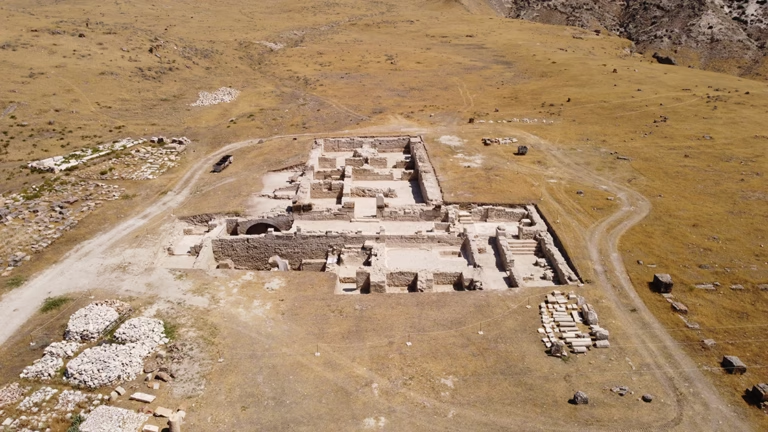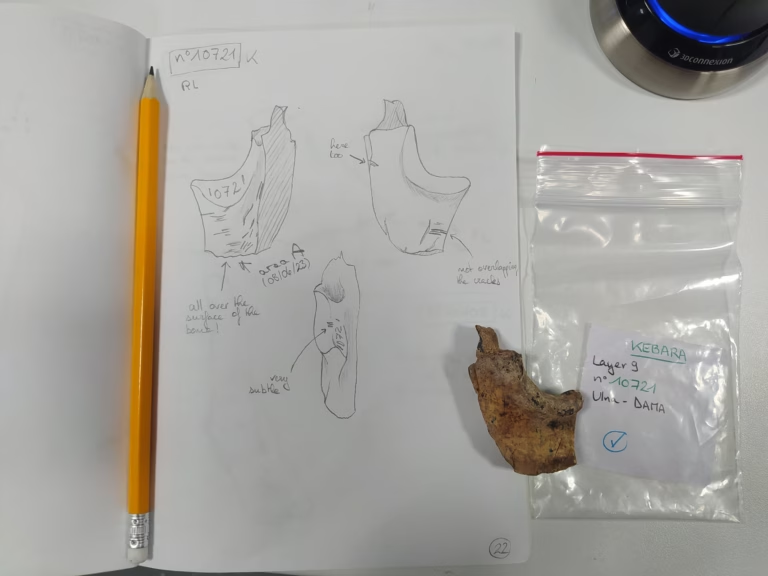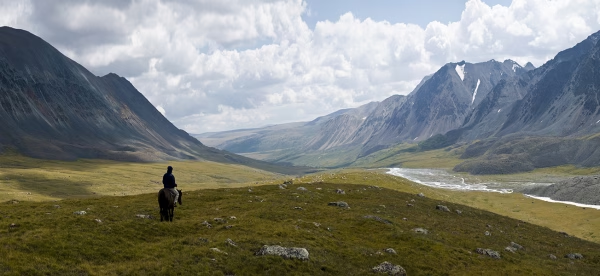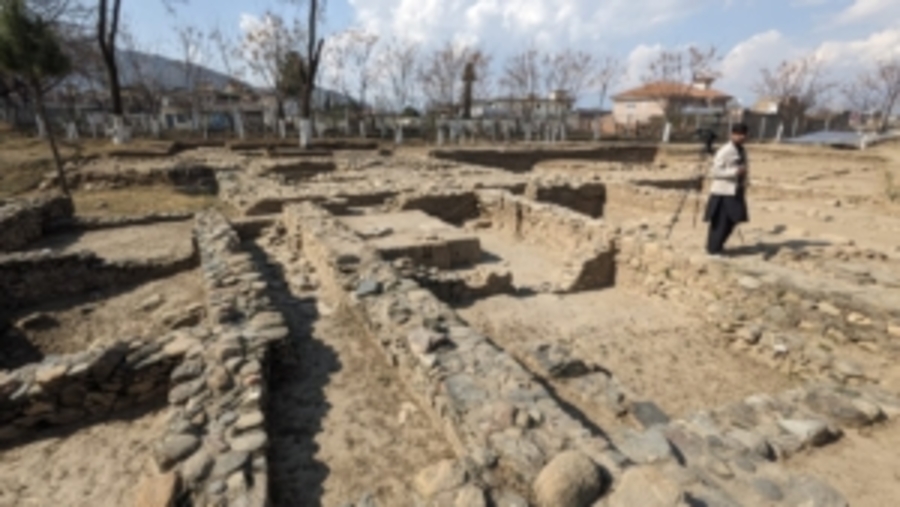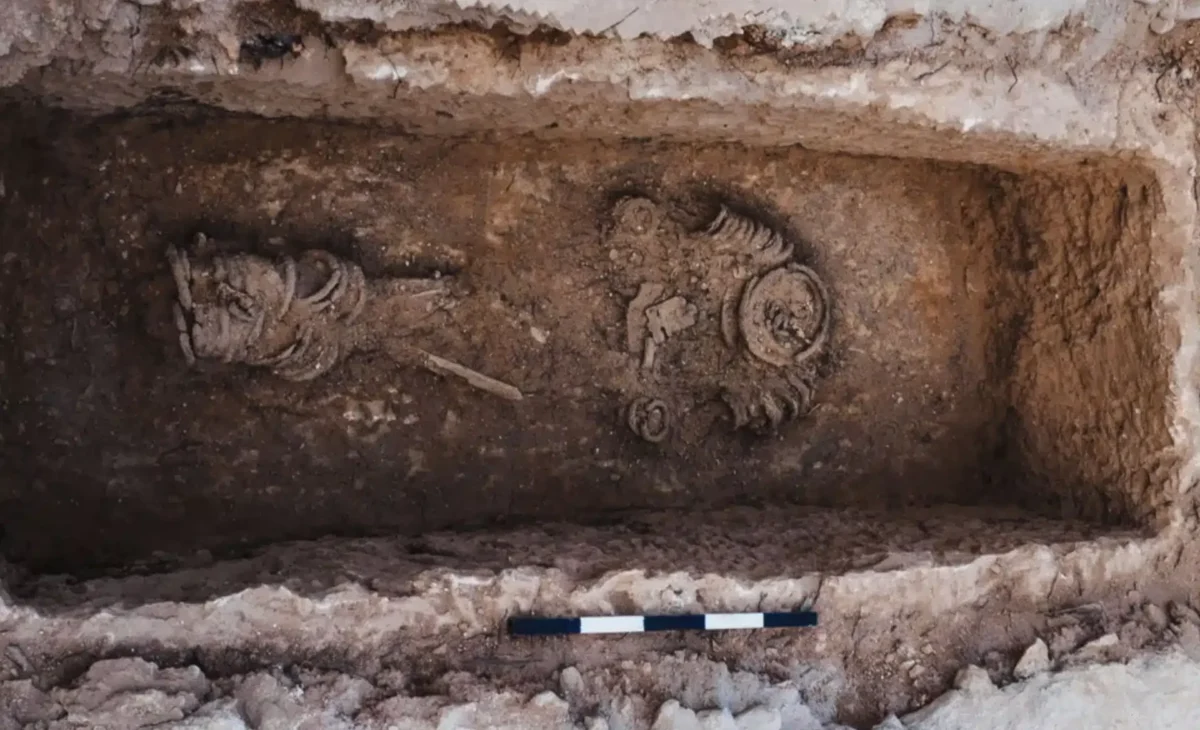In a remarkable development, the Marcus Aurelius statue, which was illicitly excavated in the 1960s and subsequently smuggled to the United States, is set to be returned to Turkey. Currently housed in the Cleveland Museum of Art, this bronze statue is regarded as one of the most exquisite artifacts from antiquity, notable for its depiction of the Roman Emperor Marcus Aurelius as a philosopher.
The statue was discovered in the Sebasteion, a significant cultural structure from the Roman period located in the ancient city of Boubon in Burdur, Turkey. Dating back to the 2nd and 3rd centuries AD, the statue is considered a lost treasure of Anatolian history.
According to a press release from the Turkish Ministry of Culture and Tourism, the bronze statue, originating from the ancient city of Boubon, was smuggled out of the country during illegal excavations in the 1960s and changed hands multiple times over the years. It eventually became part of the Cleveland Museum of Art’s collection in Ohio, USA, and had been one of the artifacts Turkey sought to reclaim for over 65 years.
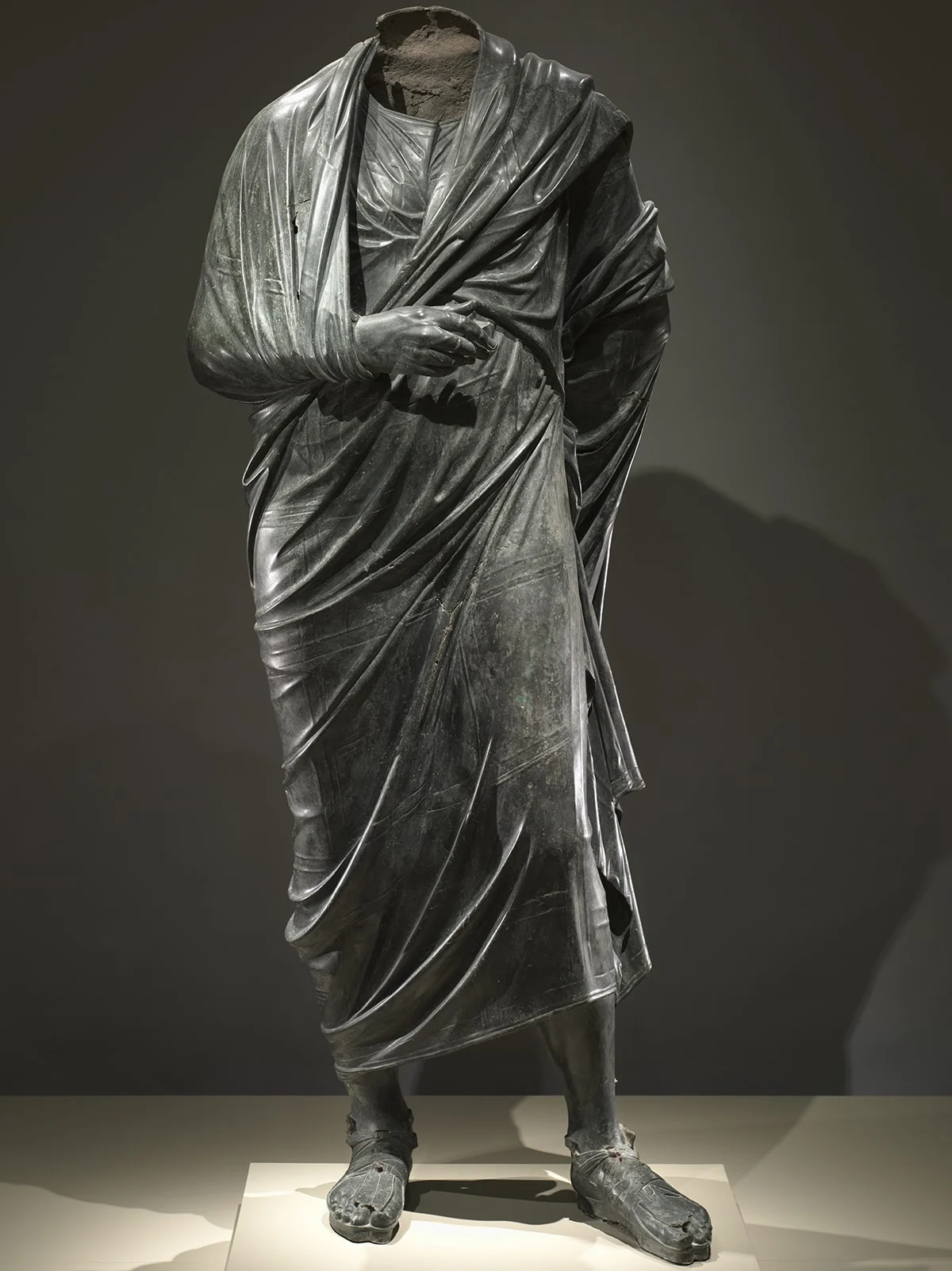
Research led by Prof. Dr. Jale İnan brought attention to the stolen artifacts from Boubon, but the return of the Marcus Aurelius statue had not been achieved until now. Thanks to a collaboration initiated in 2021 between the Turkish Ministry of Culture and Tourism, the Manhattan District Attorney’s Office, and the U.S. Department of Homeland Security Investigations, numerous rare artifacts, including statues of Lucius Verus, Septimius Severus, and Emperor Caracalla, have been returned to their homeland.
The Ministry’s extensive research and previously collected scientific data have proven that the Marcus Aurelius statue belongs to the Sebasteion structure in Boubon. Archival documents, academic studies, and excavation reports clearly identified the statue’s original location. Eyewitness testimonies regarding the illegal excavations further supported the scientific evidence, leading the Manhattan District Attorney’s Office and Homeland Security Investigations to validate Turkey’s request for the statue’s return.
In cooperation with the Cleveland Museum of Art, the statue was officially seized. However, in October 2023, the museum filed a legal challenge against the seizure, arguing that the statue’s origins were uncertain. Nevertheless, the scientific data and meticulous analyses provided by Turkey effectively countered the museum’s claims.
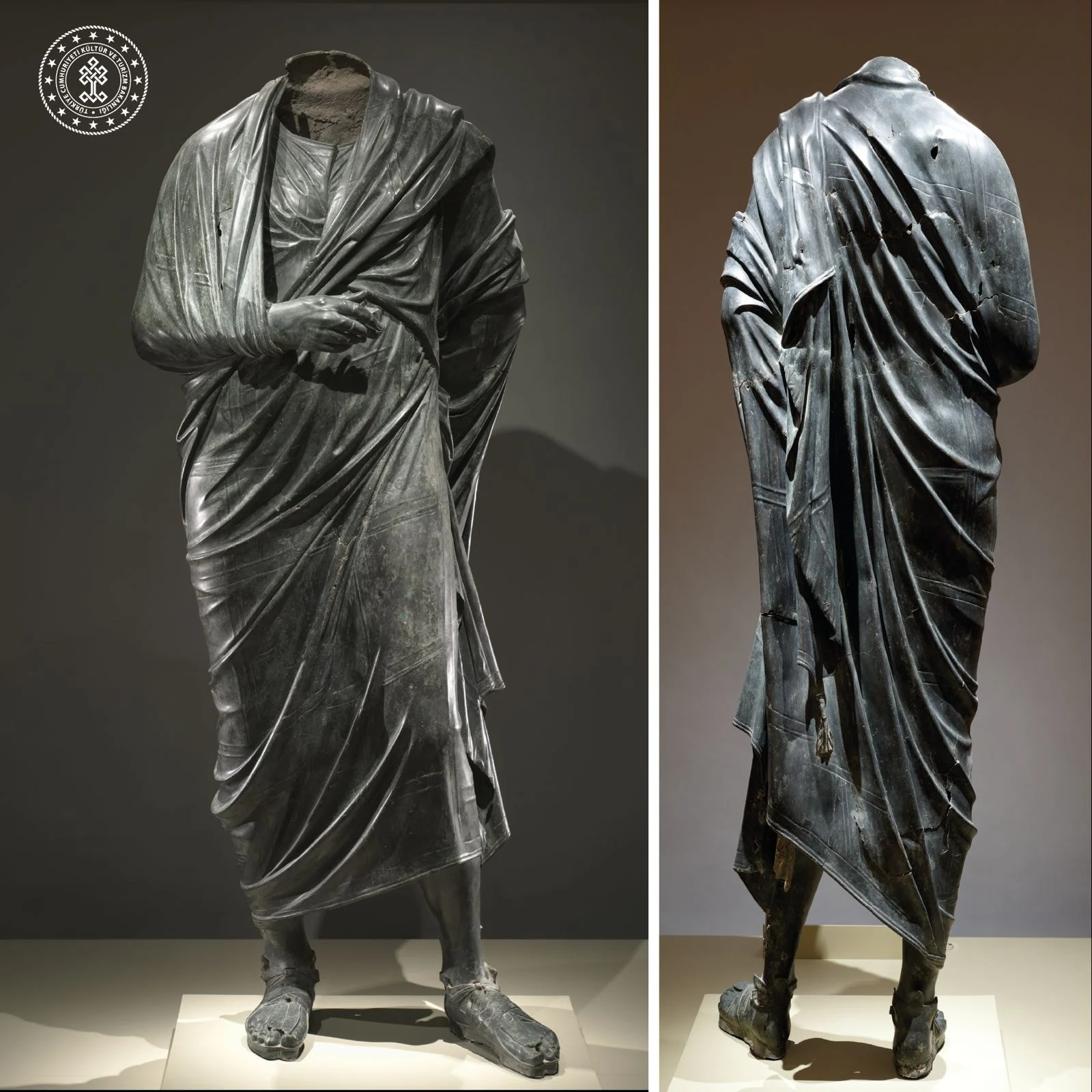
Demonstrating a conciliatory approach, the Ministry of Culture and Tourism agreed to the Cleveland Museum’s request for scientific analysis. In May 2024, under the supervision of the Ministry’s experts, a silicone foot mold of the statue was taken, confirming its exact match with the bronze statue bases from Boubon.
Archaeometry expert Prof. Dr. Ernst Pernicka, authorized by the Cleveland Museum, along with the Ministry’s conservation specialists, collected samples for lead isotope, stone, and soil analyses from both the Valerianus statue in Burdur Museum and the Marcus Aurelius statue. Additionally, impartial analyses conducted at the Curt Engelhorn Center for Archaeometry in Germany conclusively demonstrated that the statue had been buried in Boubon for many years.
Following these compelling scientific findings, the Cleveland Museum of Art accepted the return of the Marcus Aurelius statue to Turkey, and this decision was officially communicated to Turkey by the Manhattan District Attorney’s Office.
